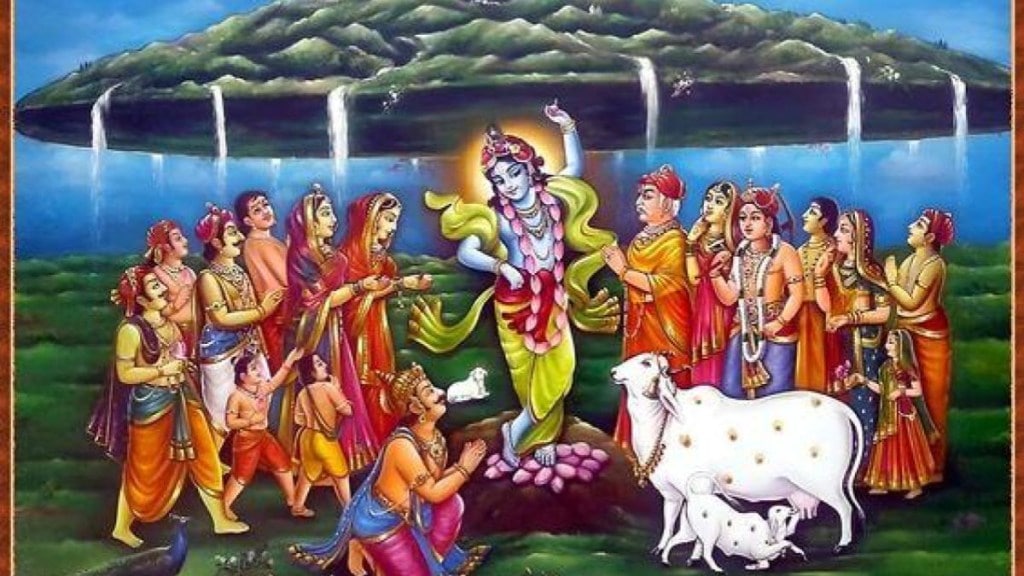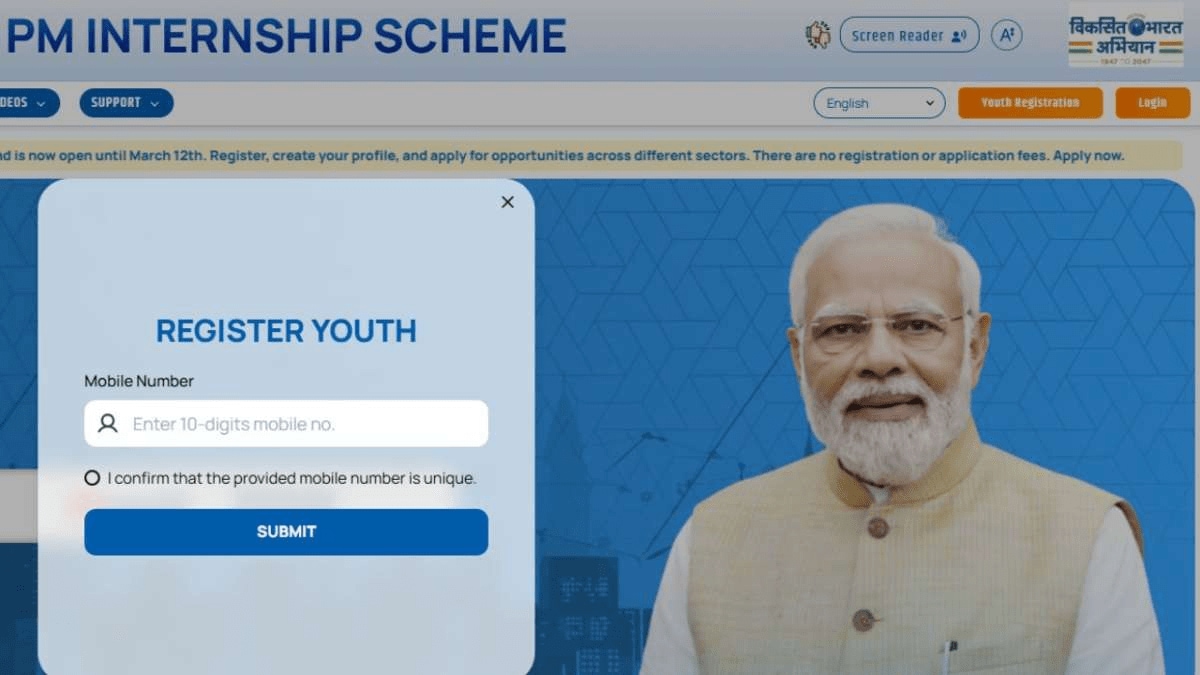Govardhan Puja 2024 History and Significance: Diwali, celebrated this year on October 31, ushers in a period of festivities that continues with Govardhan Puja, observed on Saturday, November 2. This occasion, also known as Annakut or Annakoot, commemorates Lord Krishna’s triumph over God of Rain Lord Indra and celebrates the values of humility, devotion and respect for nature.
Govardhan Puja holds profound significance in Hinduism, honoring Lord Krishna’s defense of Vrindavan by lifting the Govardhan Hill to protect the village from Indra’s wrath. The festival is observed on the Pratipada date of Shukla Paksha in the Hindu month of Kartik.
Govardhan Puja 2024 Shubh Muhurat/puja timings
Traditionally, Govardhan Puja is celebrated a day after Diwali, though this year it falls on November 2. According to Drik Panchang, the Pratahkala Muhurat for the Puja is from 6:14 AM to 8:33 AM, while the Sayankala Muhurat is from 3:33 PM to 5:53 PM.
Govardhan Puja 2024 history
The origins of Govardhan Puja lie in the tales of Vrindavan, where the villagers led by Nanda Maharaj used to worship Lord Indra to secure rainfall for their crops. Observing this practice as a young boy, Lord Krishna questioned the ritual, arguing that the resources of Govardhan Hill — grass, wood, and shelter — played a more vital role in sustaining life. Following Krishna’s suggestion, the villagers began worshiping the hill instead of Lord Indra, infuriating the rain god. Indra responded with torrential rains and thunderstorms, which threatened Vrindavan.
To protect the village, Krishna lifted the Govardhan Hill with his little finger, sheltering the villagers under it for seven days. Finally, a humbled Indra acknowledged Krishna’s power and stopped the rain, marking the victory of humility and faith over pride and fear. The legend highlights Krishna’s teachings about respecting nature and celebrating its resources, reminding people of the importance of gratitude over ritualistic fear.
Celebrations and traditions of Govardhan Puja
Govardhan Puja is a day dedicated to expressing gratitude for nature’s bounty, with various rituals that honor the interconnectedness between humans and the earth. Here’s how it’s celebrated:
1. Annakut offering: The day begins with the creation of a symbolic Govardhan hill, traditionally made of cow dung, outside the house. Devotees decorate it with flowers and place offerings of fruits, flowers, incense sticks, and an elaborate feast known as Annakut. This offering is first made to Lord Krishna and later distributed as prasad to symbolize community sharing and gratitude.
2. Worship of cows: As cows are revered in Hinduism for their role in agriculture and sustenance, they are bathed, adorned with flowers, and offered food on Govardhan Puja. This act of worship honors the cow’s contribution to farming and its deep significance in rural life.
3. Worship of Lord Vishwakarma: In some regions, the festival also includes prayers to Lord Vishwakarma, the god of craftsmanship and creation, especially by those in professions involving building and design.
4. Lighting of lamps: Following Diwali’s tradition, homes and temples are illuminated with diyas, symbolizing the victory of light over darkness and good over evil. This act reinforces the festive spirit and pays tribute to Lord Krishna’s victory.
5. Govardhan parikrama: Devotees also perform a parikrama (circumambulation) around the symbolic Govardhan hill or the actual Govardhan hills in Mathura. While performing this ritual, they sing bhajans and narrate stories of Lord Krishna, bringing communities together in shared faith.
6. Special puja for prosperity: Many families perform special prayers for prosperity and well-being on this day. Business owners, in particular, often start new accounting books, seeking blessings from Krishna for financial success and stability in their ventures.








